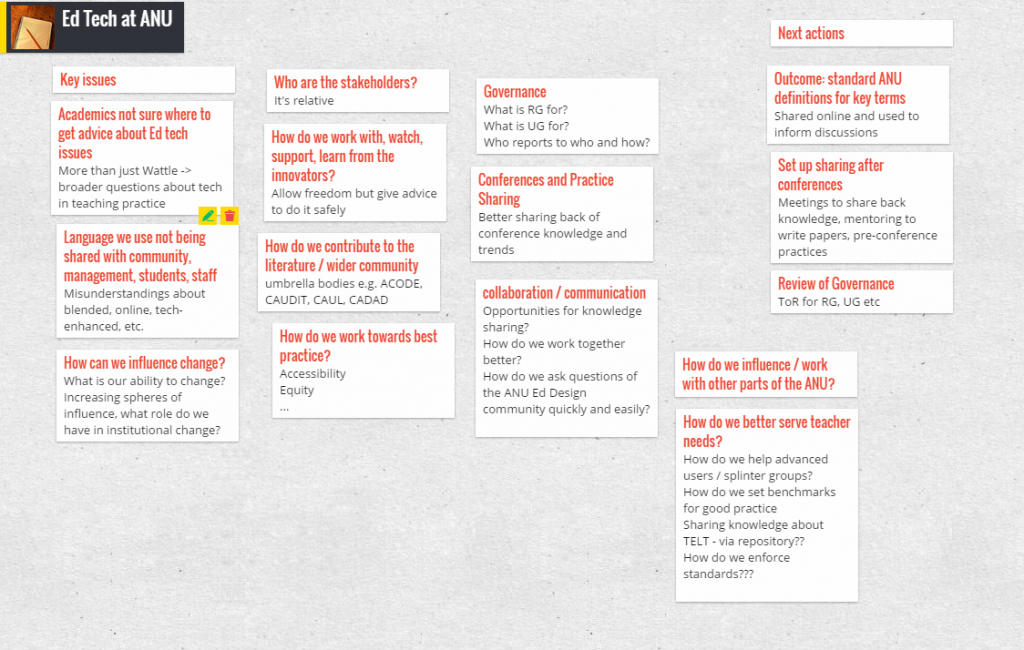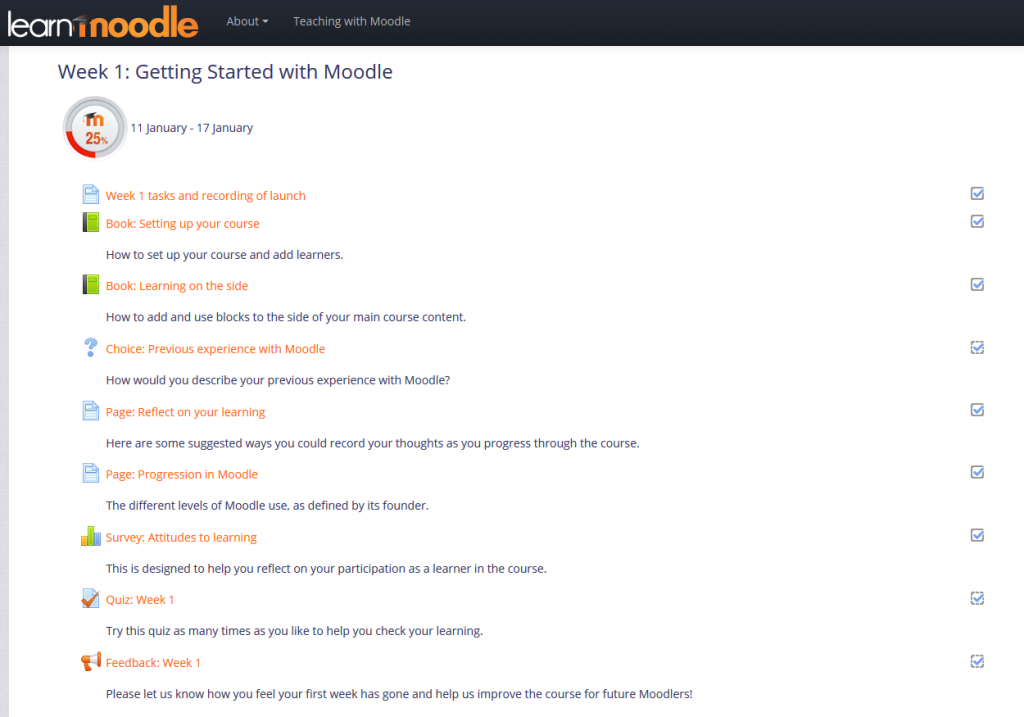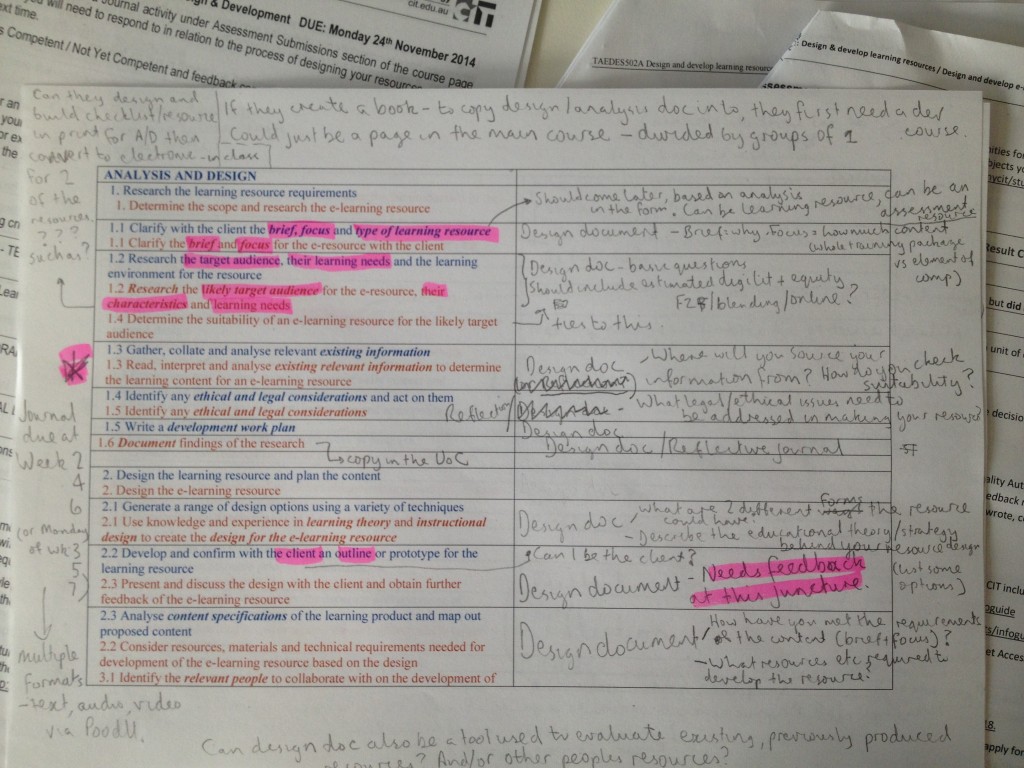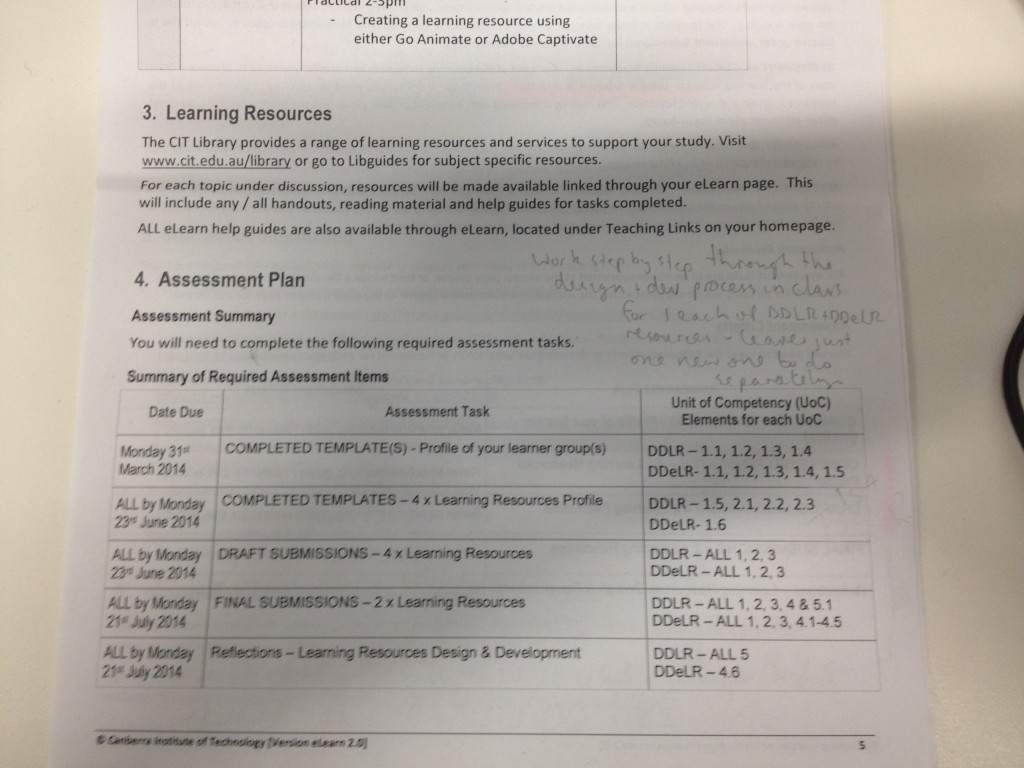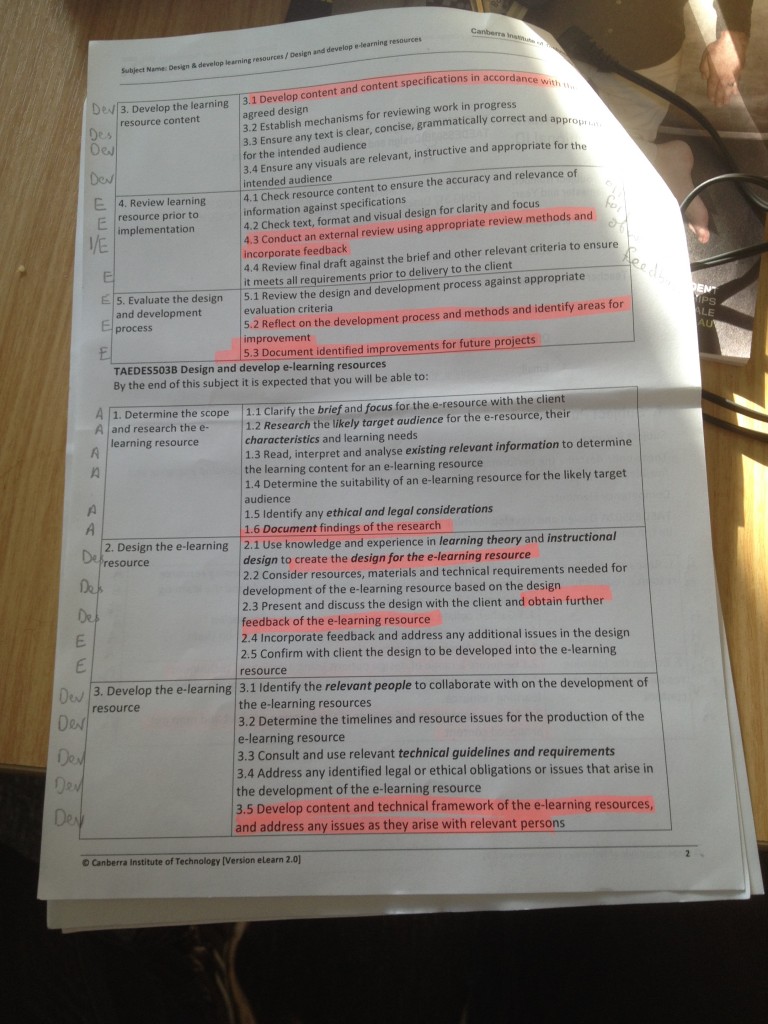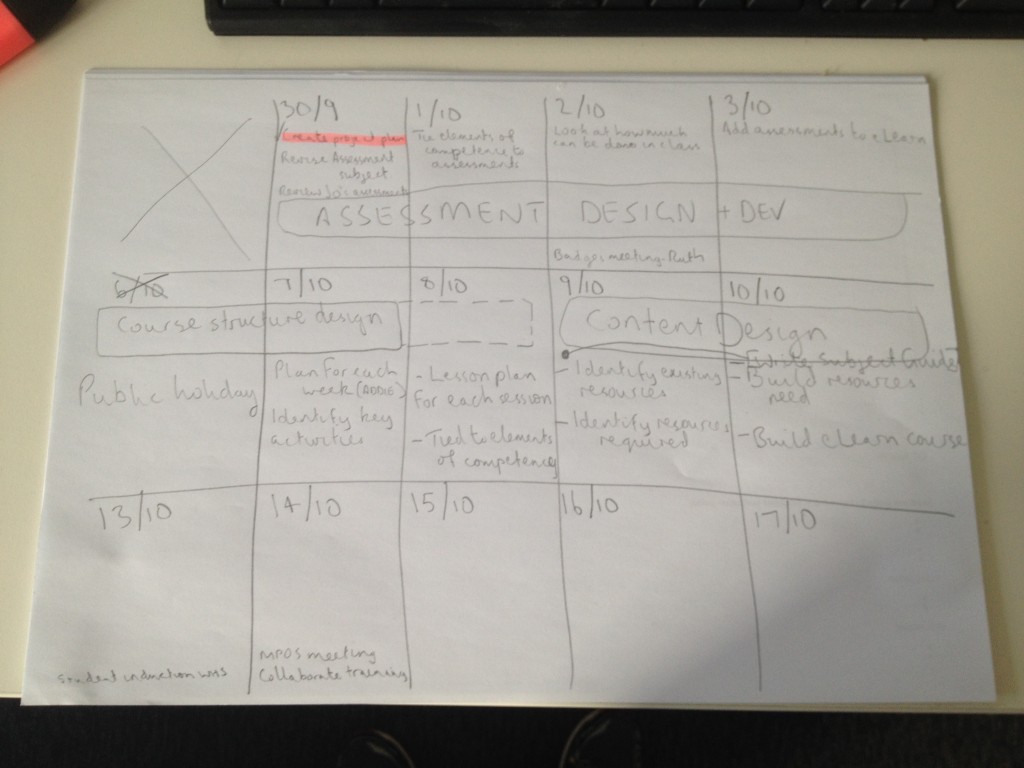First published in Campus Morning Mail on 18th Jan 2022
On Reading the Syllabus: A Pedagogical Thread from Twitter (@ec_leininger)
Academics often complain the students never read the unit outline, and from time to time a story will crop up about someone adding something quirky to get their students’ attention. Late last year a senior academic at the University of Tennessee posted a photo on Facebook of an unclaimed $50 note in a locker that he had included the code for in a boilerplate policy section about not making allowances for COVID. Better educators like Dr Liz Leininger were underwhelmed by this and shared this helpful thread about getting your students to read your syllabus by making it engaging and interactive instead.
Online Program Management Firms Are Thriving. And These Democrats Want Answers from The Chronicle of Higher Education
OPMs are third party providers that are increasingly partnering with Australian universities to build, deliver and administer their online course offerings. This article is American in focus so there are undoubtedly differences in systems and context but it does bring to light some questions that are being asked in the halls of power about these relationships.
We know why you hate online learning – and it has nothing to do with quality from Edugeek Journal
Nearly two years into the pandemic and we are hearing a growing chorus in some circles of people who are just tired of everything to do with online and remote learning and want to return to the old ways. These discussions are frequently wrapped up in rhetoric around the superiority of in-person teaching. Matt Croslin from EduGeek Journal dove into the research literature and spent a little time exploring the validity of these claims.
Learn programming in a codable music video from TikTok
This is a basic tool in some ways but I’m a sucker new interactive applications of coding and video in the service of better learning and teaching, so here we are. The latest music video from Doja Cat for her new song Woman allows people to change a number of variables coded in CSS, Javascript and Python at different points that change the appearance of things in the video. It’s a fun way to introducing programming structures and concepts to a new audience of learners. The joy of the person discussing it in this TikTok video is something that needed to be shared as well.
How to win at Wordle using linguistic theory from The Guardian
I recently saw Wordle described as the sourdough starter of the Omicron era – the new craze people are latching on to as a social distraction from the world. If you haven’t seen it, it’s a simple, free, one-a-day word puzzle with elements of the old Mastermind game. The addition of a simple share function that lets people show their success without spoiling the answer has led to an explosion of Twitter posts with grids of green, yellow and white squares. This article from David Shariatmadari explores some handy linguistic strategies for Wordle success.

